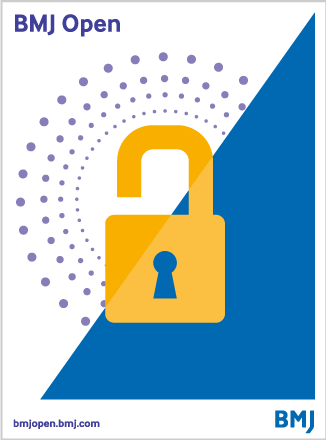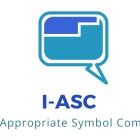Objectives Many children with varied disabilities, for example, cerebral palsy, autism, can benefit from augmentative and alternative communication (AAC) systems. However, little is known about professionals’ decision-making when recommending symbol based AAC systems for children. This study examines AAC professionals’ preferences for attributes of AAC systems and how they interact with child characteristics.
Design AAC professionals answered a discrete choice experiment survey with AAC system and child-related attributes, where participants chose an AAC system for a child vignette.
Setting The survey was administered online in the UK.
Participants 155 UK-based AAC professionals were recruited between 20 October 2017 and 4 March 2018.
Outcomes The study outcomes were the preferences of AAC professionals’ as quantified using a mixed logit model, with model selection performed using a step-wise procedure and the Bayesian Information Criterion.
Results Significant differences were observed in preferences for AAC system attributes, and large interactions were seen between child attributes included in the child vignettes, for example, participants made more ambitious choices for children who were motivated to communicate using AAC, and predicted to progress in skills and abilities. These characteristics were perceived as relatively more important than language ability and previous AAC experience.
Conclusions AAC professionals make trade-offs between attributes of AAC systems, and these trade-offs change depending on the characteristics of the child for whom the system is being provided.

 I-ASC Project
I-ASC Project